How to choose the right graphene material for your application
In the domain of advanced materials, different products can sometimes accomplish the same task. Each variant brings to the table its own set of attributes and capabilities, so how do you make the optimal choice for your application?
Graphene materials are diverse tools in a high-tech toolkit, each with its unique strengths. Their capabilities to be applied in certain application may overlap at times, offering opportunities and challenges at the same time. Some graphene materials can have better efficiency and others better cost-effectiveness or additional benefits. Making the right material choice is crucial for the success of the project.
Your choice will inevitably depend on the specifics of your project or product. Are you looking for the best performance, or is ease of integration more critical? Do you prioritize cost-effectiveness, or is the potential for future scalability more important?
While graphene might be considered the industry’s golden standard for its well-documented strengths, its derivatives, like graphene oxide and functionalized graphene oxide may offer specific advantages for certain applications.
Check out the application matrix below to better understand which graphene material is best suitable for each application!
Graphene (rGO)
When electrical and thermal conductivity are a key requirement, graphene in form of reduced graphene oxide is the standout choice because of its unique structure, which enables exceptional electron mobility. It's especially favored in advanced electronics, supercapacitors, and conductive composites. In contrast, Graphene Oxide can be considered a semiconductor or even an insulator.
Graphene Oxide (GO)
Graphene Oxide stands out for its ability to disperse well in polar solvents, thanks to its high number of oxygen-containing group on the material’s surface. This unique property makes GO especially suitable for applications that require processing in aqueous solutions or other polar mediums, like membrane manufacturing. GO is favoured for audio membranes due to its unique combination of lightweight, strength, and flexibility, allowing for rapid response to electrical signals and improved sound resolution without distortion. The oxygen-containing groups on the GO surface also act as chemical adsorption sites, making it a go-to material for water and air purification systems, where GO can aid in the capture and removal of metals and emerging contaminants.
Thanks to it’s insulating properties when disposed as film, GO is also an optimal choice for anti-corrosion coatings and as a gas barrier.
Graphene Oxide (GO) and Graphene (rGO)
In certain applications, both GO and rGO can be suitable, as seen with mechanically reinforced composites or concrete. Here, the benefits arise from the material's nanostructure rather than its surface chemistry.
In textiles, graphene imparts high electrical conductivity to create smart fabrics, whereas GO provides flame-resistance to improve performance of safety clothing. Depending on how the materials are applied to the surface, both GO and rGO can act as gas and water barrier making them ideal for packaging applications.
Graphene is preferred for sensors due to its exceptional electrical conductivity, enabling highly sensitive detection. In contrast, Graphene Oxide offers functional groups for targeted sensing of specific molecules.
Functionalized GO and Graphene (rGO)
Both graphene and functionalized graphene oxide can serve in applications like EMI shielding, battery anodes, fire-resistant composites, and lubricant oil. While graphene is typically a go-to for these applications, GO's ability to be tailored through functionalization broadens its application into these fields. Introducing chemical functionalization on the GO surface allow to adjust its properties and leads to a cost-effective solution for certain applications.
To navigate these crossroads, it's essential to understand the nuances of each material, consider the long-term implications of your choice, assess the cost-sensitivity of your application and perhaps even engage in a bit of experimentation.
Ready to explore the world of graphene and its derivatives for your next project? Contact our team of experts today and let us guide you to the optimal solution!

